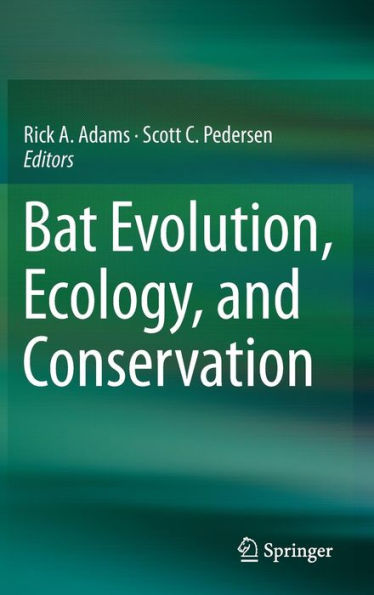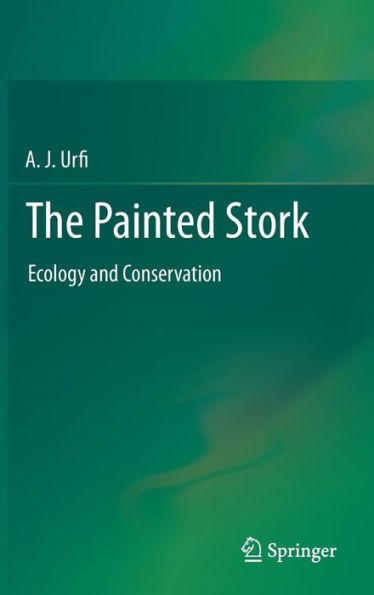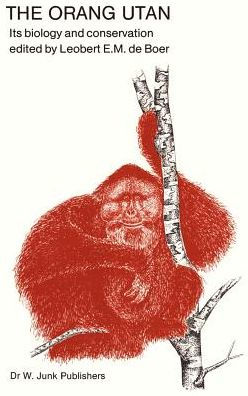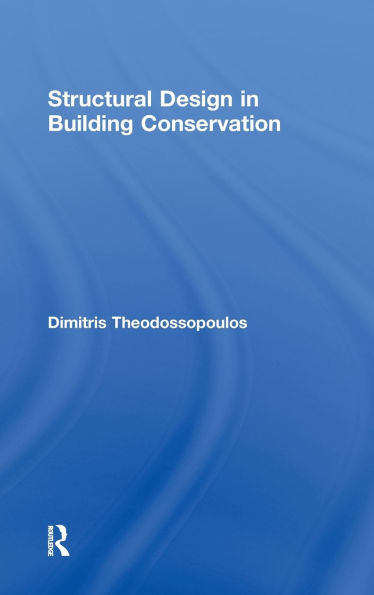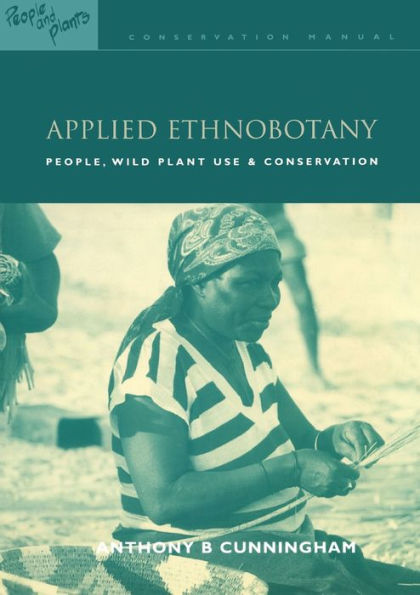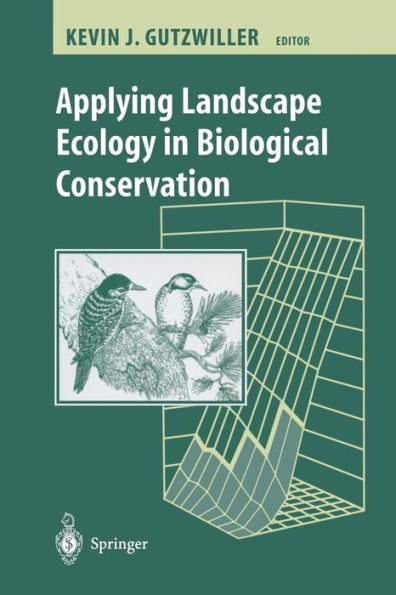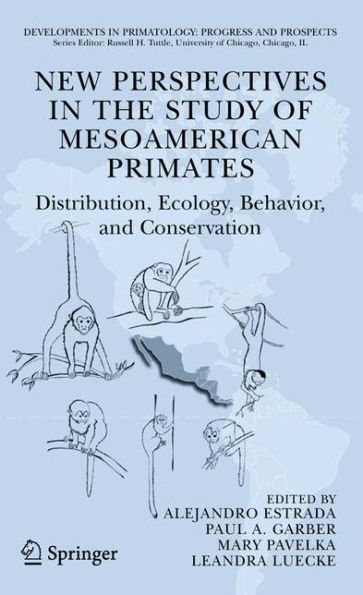Home
Lepidoptera and Conservation / Edition 1
Loading Inventory...
Barnes and Noble
Lepidoptera and Conservation / Edition 1
Current price: $79.95
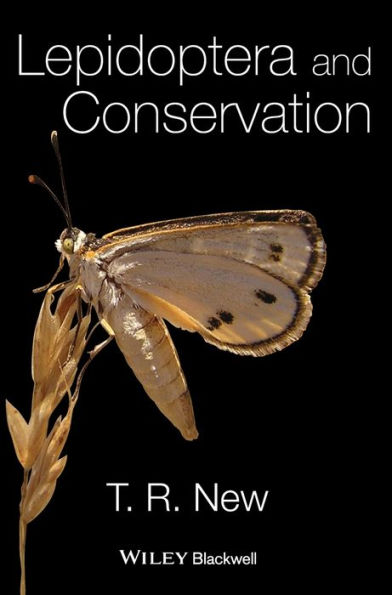

Barnes and Noble
Lepidoptera and Conservation / Edition 1
Current price: $79.95
Loading Inventory...
Size: OS
*Product Information may vary - to confirm product availability, pricing, and additional information please contact Barnes and Noble
The third in a trilogy of global overviews of conservation of diverse and ecologically important insect groups. The first two were
Beetles in Conservation
(2010) and
Hymenoptera and Conservation
(2012). Each has different priorities and emphases that collectively summarise much of the progress and purpose of invertebrate conservation. Much of the foundation of insect conservation has been built on concerns for Lepidoptera, particularly butterflies as the most popular and best studied of all insect groups. The long-accepted worth of butterflies for conservation has led to elucidation of much of the current rationale of insect species conservation, and to definition and management of their critical resources, with attention to the intensively documented British fauna ‘leading the world’ in this endeavour. In
Lepidoptera and Conservation
, various themes are treated through relevant examples and case histories, and sufficient background given to enable non-specialist access. Intended for not only entomologists but conservation managers and naturalists due to its readable approach to the subject.
Beetles in Conservation
(2010) and
Hymenoptera and Conservation
(2012). Each has different priorities and emphases that collectively summarise much of the progress and purpose of invertebrate conservation. Much of the foundation of insect conservation has been built on concerns for Lepidoptera, particularly butterflies as the most popular and best studied of all insect groups. The long-accepted worth of butterflies for conservation has led to elucidation of much of the current rationale of insect species conservation, and to definition and management of their critical resources, with attention to the intensively documented British fauna ‘leading the world’ in this endeavour. In
Lepidoptera and Conservation
, various themes are treated through relevant examples and case histories, and sufficient background given to enable non-specialist access. Intended for not only entomologists but conservation managers and naturalists due to its readable approach to the subject.

